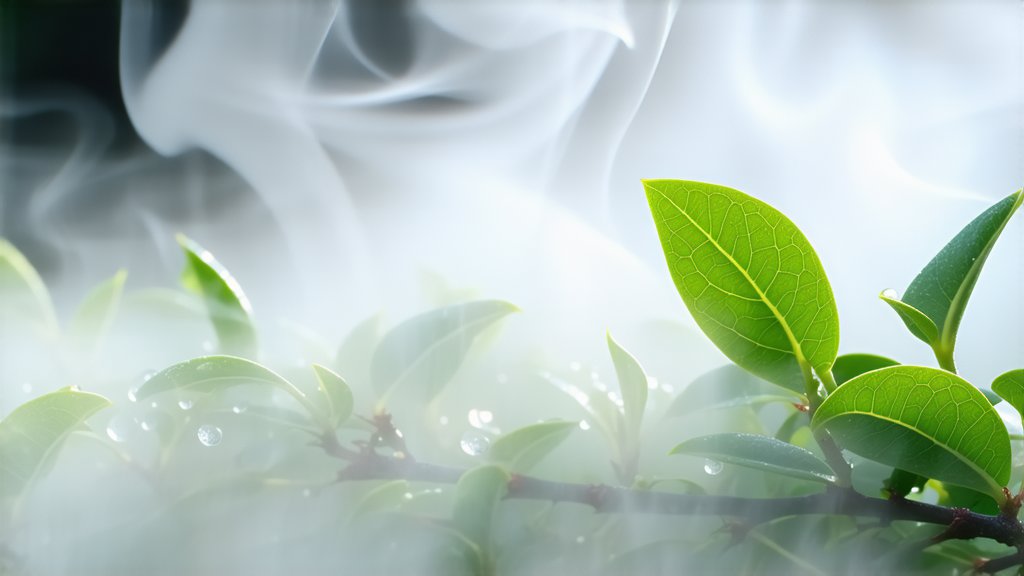
Nestled within the lush landscapes of China's Fujian province lies a treasure trove of tea history, where the air is perpetually perfumed by the subtle aroma of one of its most revered creations—Silver Needle Tea, or Baihao Yinzhen in Mandarin. This exquisite variety of white tea stands as a testament to centuries of meticulous cultivation and artisanal craftsmanship, embodying the essence of purity and elegance.
A Glimpse into History
White tea, including the esteemed Silver Needle, traces its origins back over 800 years to the early Tang Dynasty (618-907 AD). It was during this era that the art of tea production began to flourish, with records indicating the existence of a 'white tea cake' presented as tribute to Emperor Taizong. However, it wasn't until the Song Dynasty (960-1279 AD) that white tea gained prominence, particularly in the Fujian region, known for its favorable climate and fertile soils ideal for tea cultivation.
The name "Silver Needle" aptly describes the appearance of this tea. The young tea buds, covered in fine silver down (baihao), resemble slender needles, hence the moniker. These buds are carefully handpicked before they unfold, ensuring maximum delicacy and flavor concentration.
Varieties and Characteristics
Among the various types of white tea, Silver Needle stands apart due to its singular focus on using only the youngest, most tender buds. Unlike other white teas that may include more mature leaves, Silver Needle offers a pure expression of the plant's vitality. Its flavor profile is characterized by a sweet, almost honeyed taste with a hint of floral notes, while its aroma is fresh and slightly grassy, reminiscent of spring mornings.
The Art of Craftsmanship
The production of Silver Needle tea is a labor-intensive process that demands precision and patience. Harvesting typically occurs in early spring when the first flush of buds appears. Only the topmost buds, which are still encased in their silvery fuzz, are selected. These buds are then laid out on bamboo mats to undergo a natural drying process under controlled conditions, allowing them to wither slowly without direct sunlight.
This minimal processing preserves the tea's natural enzymes and nutrients, contributing to its pale yellowish liquor color and delicate flavor. Unlike green or black teas, which undergo pan-firing or rolling, Silver Needle tea retains its pristine state, making it one of the healthiest tea options available.
Savoring the Symphony of Senses
To truly appreciate Silver Needle tea, one must engage all senses in the tasting ritual. Begin by observing the dry leaves, noting their silver sheen and slender form. As hot water (around 75-80°C) is poured over the leaves, watch them unfurl gracefully, releasing their subtle fragrance into the air.
The first sip reveals a light, almost ethereal mouthfeel, with a sweetness that lingers on the palate without bitterness. Subsequent infusions will reveal nuanced flavors, from a gentle floral whisper to a mild vegetal undertone. Each brew tells a story of the terroir and the hands that crafted it.
Conclusion
Fujian's Silver Needle tea is not merely a beverage; it is an experience that transcends time and place, connecting drinkers to ancient traditions and the natural world. Its simplicity belies a depth of flavor and complexity that invites exploration and contemplation. For those seeking a moment of tranquility amidst the hustle and bustle of modern life, a cup of Silver Needle tea serves as a gentle reminder of nature's enduring beauty and the artistry inherent in every leaf.